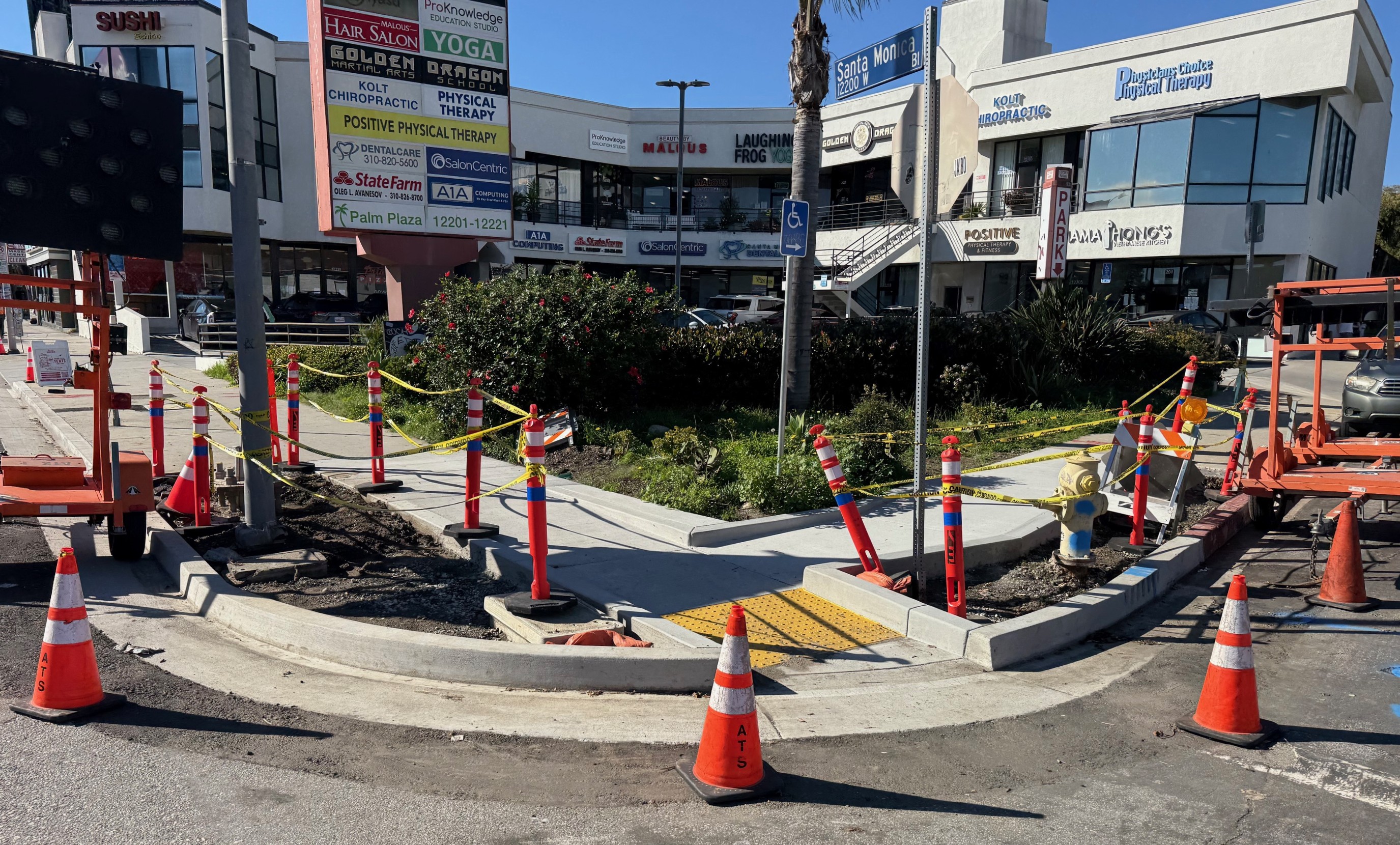Have we reached peak car in America? Research from the University of Michigan suggests the answer is "yes."
The highest rate of vehicle ownership in America occurred in 2007, when the average household owned 2.07 vehicles, according to research by Michael Sivak for the University of Michigan Transportation Research Institute [PDF]. Recently, the average number of cars per household dipped below 2 -- at the end of 2012, it was 1.98.
That's in part because a growing number of American households -- especially in big cities -- don't own a car at all anymore. In 2012 -- the latest year in which data was available -- 9.2 percent of American households lacked a motor vehicle. That's compared to 8.7 percent in 2007, according to Sivak's review of Census data.
The share of car-free households varies considerably among the 30 largest American cities, from 56.5 percent in New York to 5.8 percent in San Jose. But between 2007 and 2012, the proportion of car-free households grew in 21 of those 30 cities. The change was especially pronounced in cities where a lot of people were already getting by without cars. The 13 cities with the highest proportion of car-free households in 2007 all saw an increase between then and 2012, reports Sivak.
Not all cities are seeing an increase in car-free households. Denver, Dallas, El Paso, Austin, San Antonio and Columbus all bucked the trend, registering slight increases. Dallas registered no change.
Growth in car-free households reflects a number of local factors, including the quality of transit, walkability, and income levels, among other factors, according to Sivak. But he says wider social trends are at work as well.
This study is the latest in a series examining trends in driving behavior for the University of Michigan Transportation Research Institute -- which is funded in part by auto companies. Sivak's previous research has shown that in addition to owning fewer cars, Americans are driving less miles and consuming less fuel.
Sivak points out that all of these trends predate the recent economic crisis, suggesting they are the result of wider cultural influences, such as the rise in telecommuting, increasing urbanization and changing preferences of young people.







